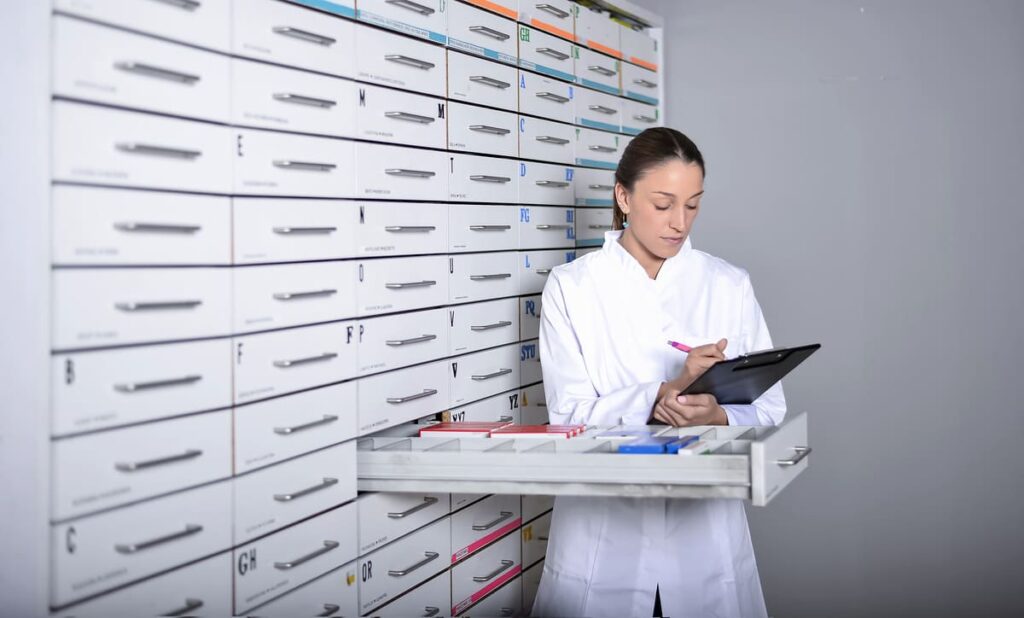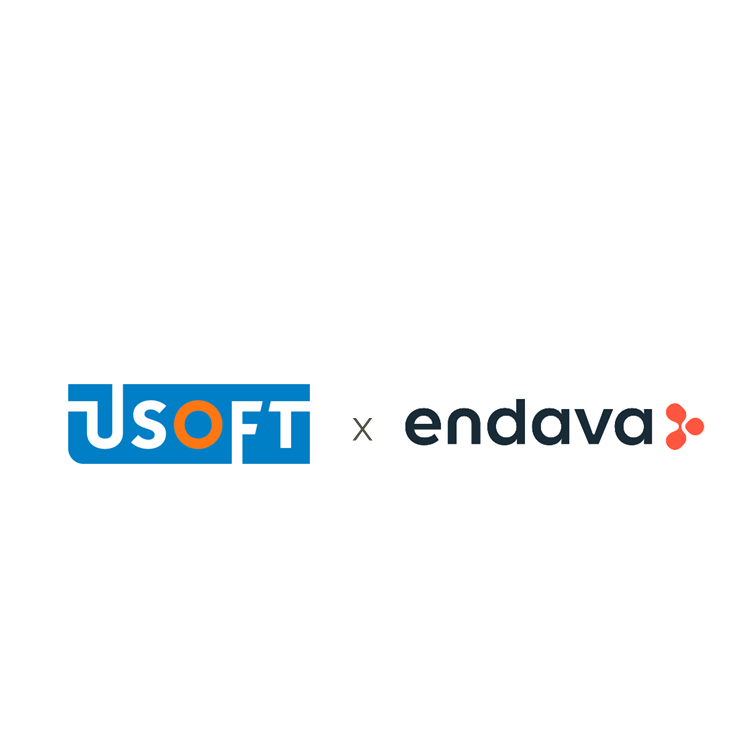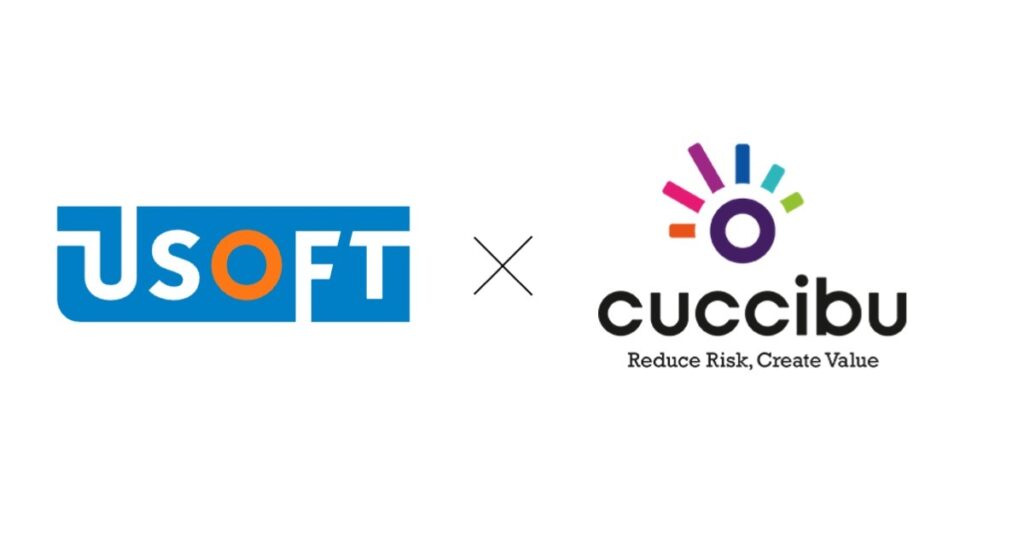If you look around the world, the cost of healthcare continues to rise, and it’s exceeding the growth in GDP. Despite a rising demand for care, we’re fast approaching a ‘hard ceiling’ of affordability – forcing cuts in frontline healthcare services.
In this blog, I’d like to highlight how changing the way innovations are applied can make a big difference to the healthcare industry – with implications we can all appreciate.
This is becoming an acute problem in the healthcare industry, but we can see the same forces at work in other sectors too.
Tackling the growing administrative burden of healthcare
There is an upper limit to what any society can spend on healthcare, and many countries are very close to reaching it. For example, the UK spends 23.5% of its national budget on healthcare, yet a shortage of trained clinicians means that 1.4 million operations are missed each year.
And this is a relatively wealthy western country; in much of the world, healthcare is simply unaffordable – and spending more often doesn’t deliver better care either.
- According to the WHO, nearly half of our global population are unable to access healthcare at all due to cost.
- The US spends more on healthcare than any other nation, yet health outcomes are worse in terms of life expectancy and treatment coverage.
- US healthcare spend was $4.8 trillion in 2023, an annual increase of 7.5% compared to GDP growth of 2%.
- This amount is equal to 79.8% of the entire US federal budget in 2023.
- As a share of GDP, US healthcare has grown from 5% in 1960 to over 17.5% of the US GDP in 2023.
- By comparison, health expenditure in the Netherlands was €51.5 billion in 2023, this was 4.6% of GDP and 11.4% of the government budget of €449.5 billion.
Worst of all, much of these costs relate to simple admin tasks – not medical care or drugs. If the administrative burden continues to remain the same or rise, less resources will be available for front-line healthcare services or newer treatments.
A lack of trained medical personnel is further compounding this issue. Like many countries, one-third of doctors in the Netherlands are due to retire in the next few years. So, those that remain working are spending more time on administrative processes, instead of putting their training to work with hands-on medical care.
The question is, how long can this continue and what can we do to change the rules of the game?
A hard truth: innovation is often focused on the wrong areas
The fact is that we have more and better treatments available today than ever before, and a growing pipeline of new innovations too.
These include AI-driven diagnostics and computer vision, IoT/wearables, and a drive for broader remote health and self-help services.
Many of these can help clinicians with medical tasks, but these cannot be delivered while excessive resources are still being diverted to non-medical processes such as day-to-day administration.
The money just isn’t there. Perhaps it’s time to apply technology and innovation to reducing administrative burden, and streamlining care processes?
A sharper focus on optimized resource utilization
We can start to realize immediate benefits and unlock wasted healthcare resources by applying readily available technologies to optimize resource utilization. Just think – if we look at a modern factory, we’d expect to see all the robots and heavy machinery working 100% towards their core business: production.
You certainly wouldn’t want each robot to spend half their time filling in paperwork! So, to maximize resource utilization in healthcare, we should apply the same expectations to our valued medical personnel.
First-line care must be the primary focus, especially when highly-trained staff are scarce. And we can achieve this by prioritizing how we apply innovation to unburden staff from non-medical tasks.

The current state of health tech innovation
So, what’s the situation of technology innovation in healthcare today? What technologies are available right now, and how are they being used?
At USoft, we often attend key industry events, to share our expertise and see the current trends. This year, we were at the ICT&Health World Conference, where we explained how low-code can rapidly advance healthcare innovation.
From what we saw, it’s clear that technological innovation is booming in the healthcare sector. So there is real potential for improving patient outcomes without increasing costs – if we can focus on the right areas.
Here are some of the trends we noticed.
Trend #1: AI-powered health
AI has a growing role in numerous areas of healthcare, ranging from diagnostics to therapeutic tools and resource optimization. We’re already seeing the implementation of AI in robot-assisted surgery, insulin pumps, and endoscopy systems.
But there’s also a growing trend towards reducing cognitive load on healthcare professionals with simpler UIs and AI-assisted processes – a clear reaction to the forces I’ve outlined above.
Trend #2: Using health data to the maximum value
By leveraging medical data in an accessible data environment, it’s becoming possible to provide precision-guided preventative care. It’s also vital to have secure and anonymous data for research and for training AI for drug discovery, diagnostics, and predictive health.
Hybrid healthcare and technologically-enabled remote health also has a growing role in diagnostics and the treatment of chronic illnesses. But all these require a secure way to exchange and manage patient data and process data.
Trend #3: Digital support for healthcare professionals
Doctors are spending more than half their time on administrative tasks. This means those skilled, highly-trained specialists are wasting their time on something a machine could either assist with, or perform entirely.
The time is ripe for utilizing AI and machine learning to unburden clinicians. By applying available technologies towards streamlining administrative processes, we can free-up more resources for bedside care.
What’s preventing the rapid scaling of innovative solutions?
As we’ve seen, there are clear reasons for implementing solutions that can achieve streamlined processes and better resource utilization. Many innovations are already striving to achieve this. But there are barriers that prevent these solutions from scaling rapidly and implementing time-saving innovations across multiple institutions:
- An immediate lack of available resources, preventing investment in IT innovations.
- Existing data environments are not suited to development or innovation.
- Current patient data systems are proprietary ‘closed box’ solutions that offer limited or no data portability and vendor lock-in that prevents migration or integrations.
- The pace of innovation is too slow, when using custom-coding.
However, there’s a solution to this. By adopting an open architecture and open standards for medical data, such as openEHR, institutions can exert intelligent data governance, and grant accessibility to vital data.
You can read more about openEHR and low-code in a previous blog
Furthermore, by using a low-code platform built for complex core software and heavy data handling, new solutions can be implemented at a rapid pace. This can start to deliver real change and free-up resources much faster.
Low-code as an accelerator for change
The application of low-code technology can greatly reduce the time required to build new software. With a platform that’s specialized in complex use-cases, this can also be used to accelerate innovation in healthcare.
Low-code enables institutions to rapidly create new capabilities. Because it offers a low time-to-market, clinicians can gain the benefits of automation and AI much sooner.
It also offers versatility, and the ability to adapt capabilities with modular and customized components. This means that feedback from medical professionals can be used to improve functionalities or add new capabilities easily over time.
And, by combining the speed of low-code with the open possibilities provided by standards like openEHR, the barriers to innovation can be removed. So, it’s clear that this is a problem that can be solved.
The priority, however, must be to look closely at how we can use technology to unburden skilled workers from tasks that fall outside of their area of expertise first, and then move on to assisting with other tasks.





